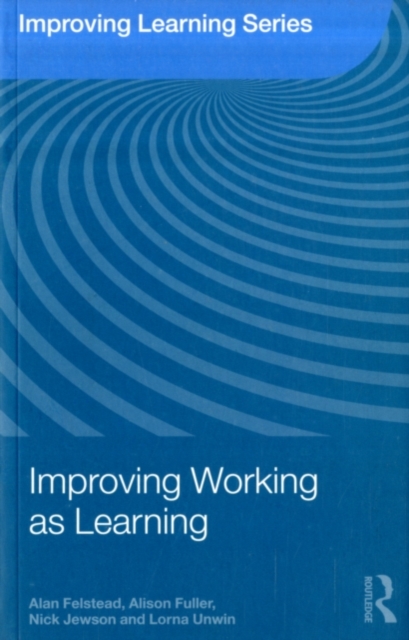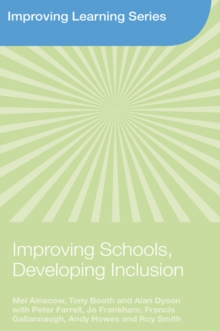
Improving Working as Learning PDF
by Alan Felstead, Alison Fuller, Nick Jewson, Lorna Unwin
Part of the Improving Learning series
Description
Interest in learning at work has captured the attention of many people around the world, often taking centre stage in policy debates about improving economic performance, prosperity and well-being. This book is about the learning that goes on in workplaces - ranging from offices, factories and shops to gyms, health centres and universities - and how it can be improved. Such learning includes everyday work activity, on-the-job instruction and off-the-job training events.
Improving Working as Learning is the first book to analyze systematically learning at work in different settings by developing and applying a new analytical framework. The Working as Learning Framework connects the particularities of work tasks with the way jobs are organized and the wider pressures and constraints organizations face for survival, growth and development. The authors convincingly demonstrate that the framework offers a sophisticated understanding of how improving the work environment - both within the workplace and beyond - can enhance and sustain improvements in learning at work.
Each chapter presents evidence - taken from both private and public sectors - to illustrate how the Working as Learning Framework provides a means by which employers, researchers and policy-makers can
- Improve the conditions for nurturing and sustaining learning at work
- Build appropriate workforce development plans within given constraints
- Recognize that the creation and use of knowledge is widely distributed
- Mobilize existing workplace resources to support learning
- Enhance and extend our understanding of how workplace learning is shaped by relationships at, and beyond, the workplace
This topical book will appeal to an international readership of undergraduate and postgraduate students, vocational teachers and trainers, human resource professionals, policy-makers, and researchers.
Information
-
Download - Immediately Available
- Format:PDF
- Pages:248 pages
- Publisher:Taylor and Francis
- Publication Date:29/04/2009
- Category:
- ISBN:9780203877951
Information
-
Download - Immediately Available
- Format:PDF
- Pages:248 pages
- Publisher:Taylor and Francis
- Publication Date:29/04/2009
- Category:
- ISBN:9780203877951










